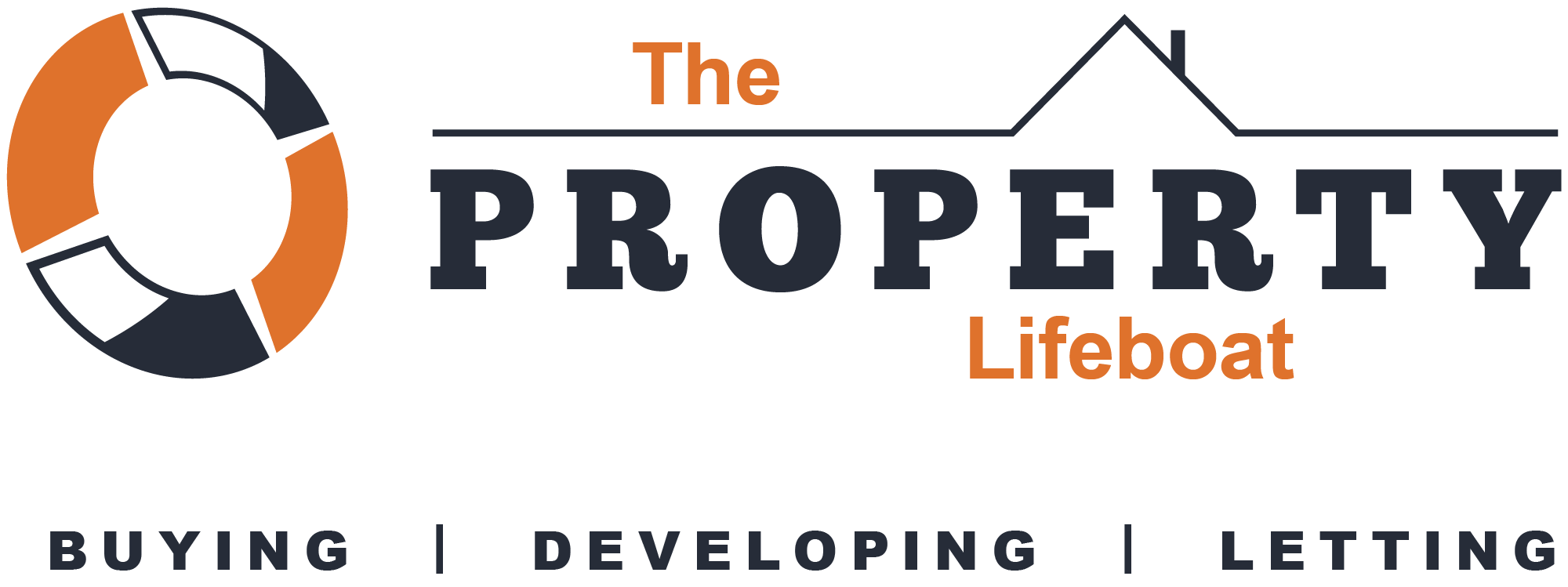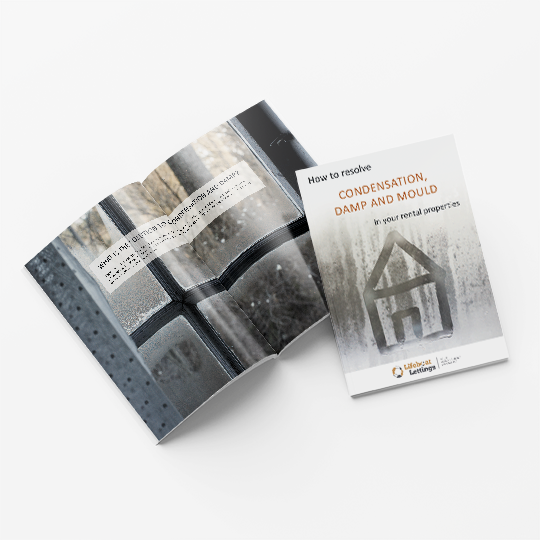New directives recently issued by the government put the emphasis on private landlords to address issues of damp and mould in their rental properties. The guidance puts private landlords on a par with housing associations and councils in facing unlimited penalties if they do not deal with damp and mould problems.
The Housing Secretary Michael Gove has stated that: ‘Damp and mould in the home are not the result of ‘lifestyle choices’, and it is the responsibility of landlords to identify and address the underlying causes of the problem, such as structural issues or inadequate ventilation.’
Private landlords are advised to familiarise themselves with four key points:
All homes must be free from hazards at the most dangerous ‘category 1’ level.
The Housing Act 2004 states that properties must be free from hazards at the most dangerous ‘category 1’ level, as assessed using the Housing Health and Safety Rating System (HHSRS), a risk-based evaluation tool. This includes mould and all types of dampness. Generally, a ‘Category 1’ hazard means that an occupier of or visitor to the property may require some form of medical attention over the course of a year.
Local councils also have a power to take action if they identify hazards at the ‘Category 2’ level.
No homes must contain conditions that are prejudicial to health.
The Environmental Protection Act 1990 gives tenants and local councils powers to take legal action where homes contain a ‘statutory nuisance’, which includes where they are in such a state as to be prejudicial to health. To be a statutory nuisance, the damp and mould must be harmful to the health of the tenant or be a nuisance.
Homes must be fit to live in.
New provisions in the Landlord and Tenant Act 1985 added by the Homes (Fitness for Human Habitation) Act 2018, require that properties are free of hazards, including damp and mould, which are so serious that the dwelling is not reasonably suitable for occupation in that condition. The current occupier may be taken into consideration when determining whether the property is ‘suitable’ or not.
A home that is fit for human habitation is safe and healthy, which would mean free from damp and mould that could cause significant harm.
Tenants may wish to take action if their property is unfit for human habitation or the landlord has failed to keep it in repair, under circumstances defined in Landlord and Tenant Act. Landlords should also respond to complaints about repairs promptly, although there is no specific timescale described.
Privately rented homes must meet minimum energy efficiency standards.
The Energy Efficiency (Private Rented Property) (England and Wales) Regulations 2015 require that privately rented homes must meet the Minimum Level of Energy Efficiency standard of Energy Performance Certificate (EPC) band E (unless they are exempt). The regulations do not specifically make reference to damp and mould, but an energy efficient property – provided it is adequately ventilated – is less likely to be affected by damp and mould.
In addition, the Renters Reform Bill will introduce ways to oversee how private landlords’ deal with mould and damp. The Housing Ombudsman will address tenant complaints when landlords fail to act, and the Property Portal will document landlord compliance with the Decent Homes Standards.
Conclusion
So, with this in mind, Landlords are advised now to take a greater interest in the general condition of their properties. For those self-managing, who are not conducting regular inspections, now is the time to start these, particularly as we head into the cooler autumn and winter months. During inspections, pay particular attention to sources of damp – both external and internal, the function of the heating system and that there is adequate ventilation (that is being used regularly and properly). Properties should also be heated properly and to the correct temperature. Aside from solving sources of external water ingress – such as from leaking rainwater goods – proper ventilation to remove ‘environmental’ moisture is paramount.
To gain further insights into resolving condensation, damp, and mould issues in your rental properties, we invite you to download our free e-book. Your commitment to these guidelines not only ensures compliance but also guarantees the well-being of your tenants and the longevity of your investments. Contact us today to learn more and take proactive steps toward a healthier and safer rental property through our management services.



